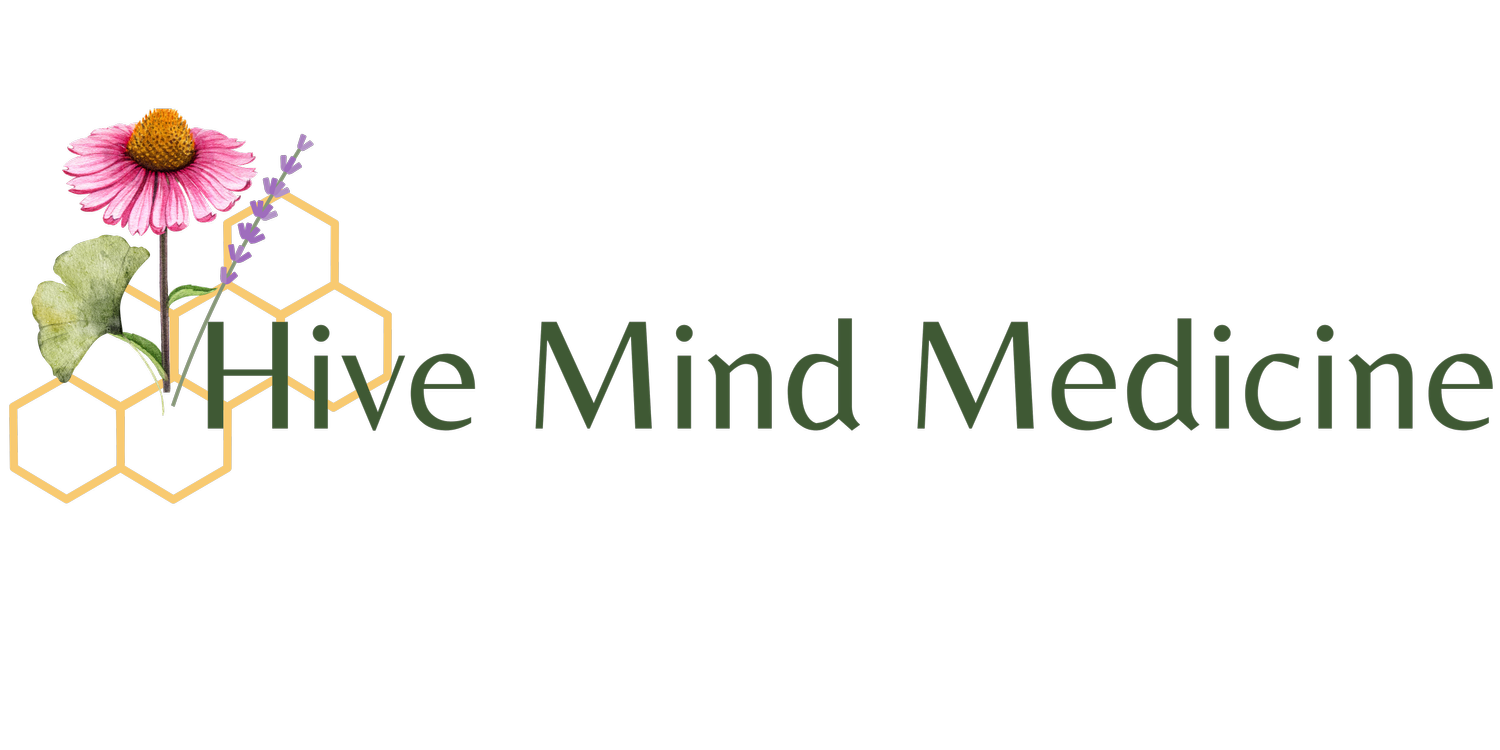An Alarm System in Your Brain (Part 1)
KAYLE SANDBERG-LEWIS BCN-FELLOW, M.A., LMT
This is part 1 of a 6 part series, from Kayle Sandberg-Lewis, on how our brains have evolved to deal with threats, both real and perceived and how we may feel safer, sleep better, and digest our food more easily.
Evolution of Neurological Reflexes
Let’s pretend we are furry little mammals, munching on grubs somewhere out on the veld approximately 178 million years ago, give or take a couple of months. Suddenly, we hear a sharp snap. Immediately we stop eating, jerk our heads up, hold our breath and listen in what scientists now call the orientation response. Back then we just called it, “What was THAT?” If the noise came from a predator, we needed to run away. If it was one of our family members, clumsy Cousin Clarence for example, we probably shuddered for a few moments, sighed, and went back to eating.
Those among us who did not respond fast enough were a tasty snack for some predator while those among us who had an effective “orientation response” were more apt to run away, live through the ordeal and reproduce, passing on our superior neurological reflexes to our offspring.
Hardwiring the Brainstem
Over the years, this response became more and more refined, “hard wired” into each new generation. So here we are in 2020. With three and a half trillion generations of practice, we are so good at this response, it can be elicited by the phone ringing, someone tapping us on the shoulder, someone mentioning “taxes” or any other endless list of triggers.
What is going on?
Well it turns out that all that evolution left one little part of our brain in charge of keeping us alive: the brainstem. Also known as the reptilian brain, because even reptiles have them. The brainstem is situated like a clenched fist at the top of the spinal cord. All the rest of your magnificent brain grew above and beyond it, including the parts that speak, reason and love. The brainstem has no language skills. You can not take it to therapy.
Housed in the brainstem is the autonomic nervous system. As the name suggests, it is a nervous system for the “automatic” functions of the body, because you really do not want to have to think about breathing and making your heart beat while doing the dishes.
The brainstem does this for you, closely monitoring your breathing, cardiac activity and other vital functions of your body. It behaves somewhat like a meter reader – paying attention to all sorts of “readings” in your system and looking for things to go wonky. It attends to your hydration level, your sugar levels, how much oxygen you have and many, many more life sustaining processes. But without language skills, it is not able to gently inform you of a problem. It can’t calmly say to you, “You are becoming dehydrated. Better pour yourself a glass of water.” All it knows how to do is set off alarms. So, the alarm for dehydration often goes off about 3AM. You are suddenly wide awake, but you don’t know why. Thanks a lot, brainstem.
Sympathetic vs. Parasympathetic States
You already know the branch of the autonomic nervous system that woke you by its nickname – “fright/flight” *. Its proper name is “sympathetic”, and it is associated with high arousal. Sympathetic sounds nice, right? It is, essentially, looking for trouble because it wants to keep you alive. It is on alert to mobilize your reserves to deal with mortal threats. The irony is that if you spend too much time in sympathetic dominance, you will develop stress related disorders such as hypertension, migraines, and Type II diabetes.
The other branch of the autonomic nervous system is parasympathetic or “rest & digest” and it is associated with lower arousal and building the body’s reserves.
If you envision the “meters” the brainstem is reading, you can visualize the green area as parasympathetic and the red zones as sympathetic (or fright/flight).
While you can not talk your brainstem into being calm and parasympathetically dominant – at least not easily – you can fool your brainstem into thinking the world is a safe place where you can live in relative peace. The beauty of this subterfuge is, essentially, an expansion of the green zone – more parasympathetic dominance which generally means better sleep, more efficient digestion and healthier interactions with others. You may call this stress management. The scientists call it “cultivated low arousal”.
We’ll talk more about how to fool your brainstem in future blog posts. We’ll discuss how hydration; eating styles; the demands we place on ourselves, such as perfectionism; breathing styles and, importantly, shuddering all affect our arousal levels and how each of us can cultivate low arousal.
*Many people know this as “fight or flight” but the truth is most small critters are unlikely to opt for fighting over fleeing.
Kayle Sandberg-Lewis holds a M.A. in Behavioral Medicine, the study of how what we do affects our well-being. She has over three decades experience in stress management and is board certified in neurofeedback, which she introduced to her practice in 1996. Kayle co-founded Hive Mind Medicine in 2019, where she currently offers neurofeedback to her clients. Telehealth consults are available.
Hive Mind Medicine blog posts are for educational purposes only and are not intended as medical advice. Please consult with your health care practitioner for personalized guidance. Click on the contact button below if you would like to schedule with one of our Hive Mind practitioners.


